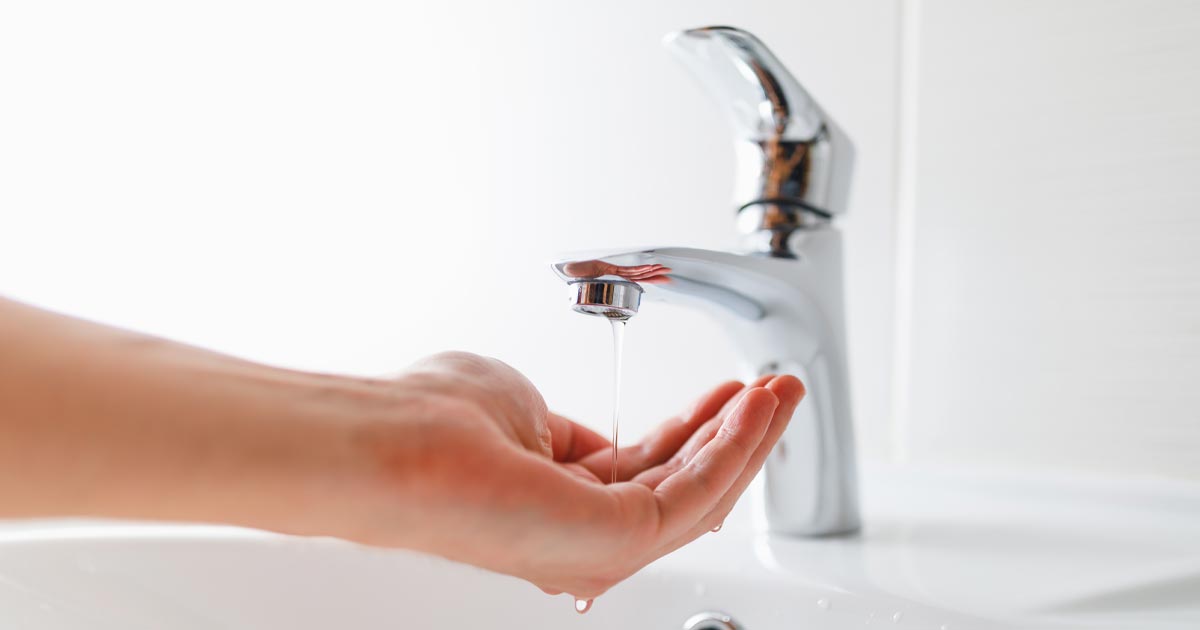
5 Ways on How to Increase Your Water Pressure
Lets take a look at the 5 Ways on How to Increase Your Water Pressure.
Does it take forever to fill up your sink with water? Are you constantly running late for work because it takes ages to have a shower? Low water pressure is to blame here. Why not enjoy the convenience and comfort that high water pressure can provide? At Your Heat, we have worked on a myriad of fixes to a wide-range of projects and certainly know how to resolve this issue. Today, we are sharing 5 ways on how to increase water pressure in your home and never deal with poor water flow again.
1. Take a Test
Before taking any further steps, check the water pressure first. Use a functioning test gauge, connect it to a hose tap, and switch off all taps and water-using equipment. Turn on one of the taps in your home. If the test gauge displays readings around 60 PSI, then you have nothing to worry about. Readings below 50 PSI or above 80 PSI indicate a problem within the system. Follow the next steps or contact a professional to handle this for you.
2. Check the Pressure Reducing Valve (PRV)
The pressure reducing valve is in charge of regulating water pressure. If the valve is set too low, then it could be the reason why you are lacking sufficient water pressure in your home. Readjust the PRV and wait to see whether your water pressure will increase.
However, note that the PRV is a very important part of the plumbing system as it prevents water pressure from damaging fixtures and causing leaks. The PRV can deteriorate with age and mess up water pressure, so make sure you replace it after 12 to 20 years of use. If you suspect a major problem with the PRV, contact a professional plumber to inspect it for you.
3. Replace Your Water Regulator
If you rely on mains water, then you should check your water regulator. This device ensures water flows through your pipes at a steady pace and it is located outside your home – at a place where service lines connect to your home. Any malfunctions of the water regulator will cause changes within the system, whether velocity loss or pressure drop. If you know how to do so, replace the water regulator yourself if necessary or seek the help of a professional.
4. Remove Deposits from Pipes
Mineral deposits obstruct water from flowing freely through your pipes. If you don’t remove deposits from pipes occasionally, you will face very poor flow. Pouring some white vinegar down the drain can unclog minor build-ups. However, if deposits have been sitting there for a while, there is no other way to re-establish the normal flow but to replace several pipe sections. Again, contact a plumbing expert if you are not familiar with this task.
5. Inspect Taps and Fixtures
Do you have problems with low water pressure through the whole system or only in certain rooms? It’s not only clogged pipes that can cause low pressure but clogged, damaged, or broken fixtures as well, such as taps, aerators, etc. It’s easy to tell if one of your taps is broken and replacing one isn’t too tricky either.
Summary
As you can see, there is not just one but five ways to try to increase your water pressure. Once you have done a test and made sure you are dealing with low pressure, you can restore it to normal or simply call a certified plumber to handle this for you. Your Heat professionals have massive experience in this field so contact us if you have any questions or if you need our help with this task!

